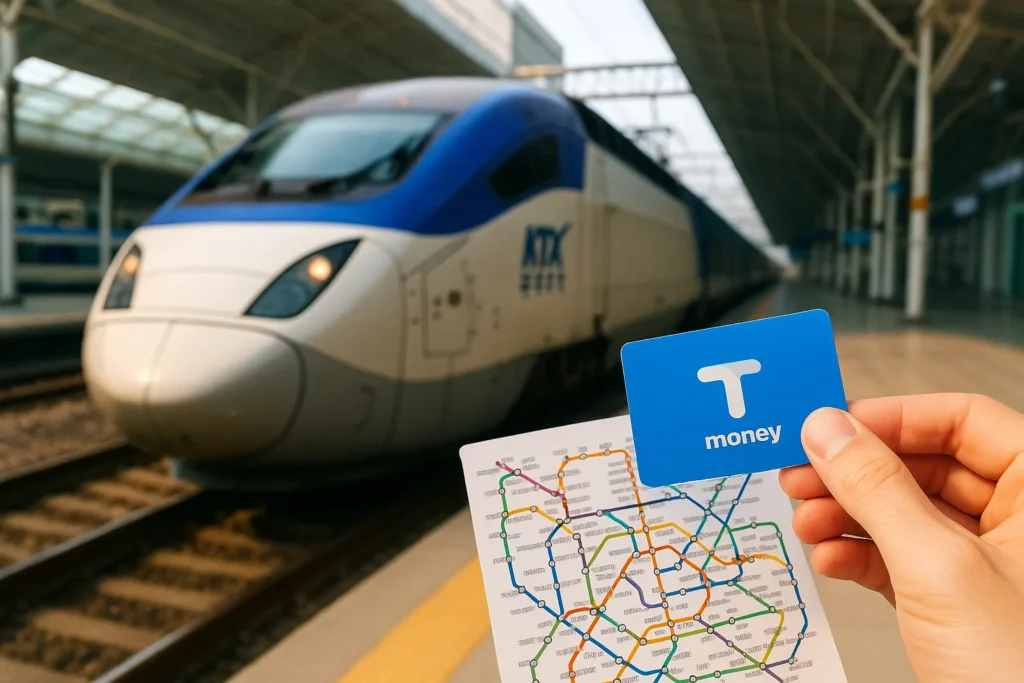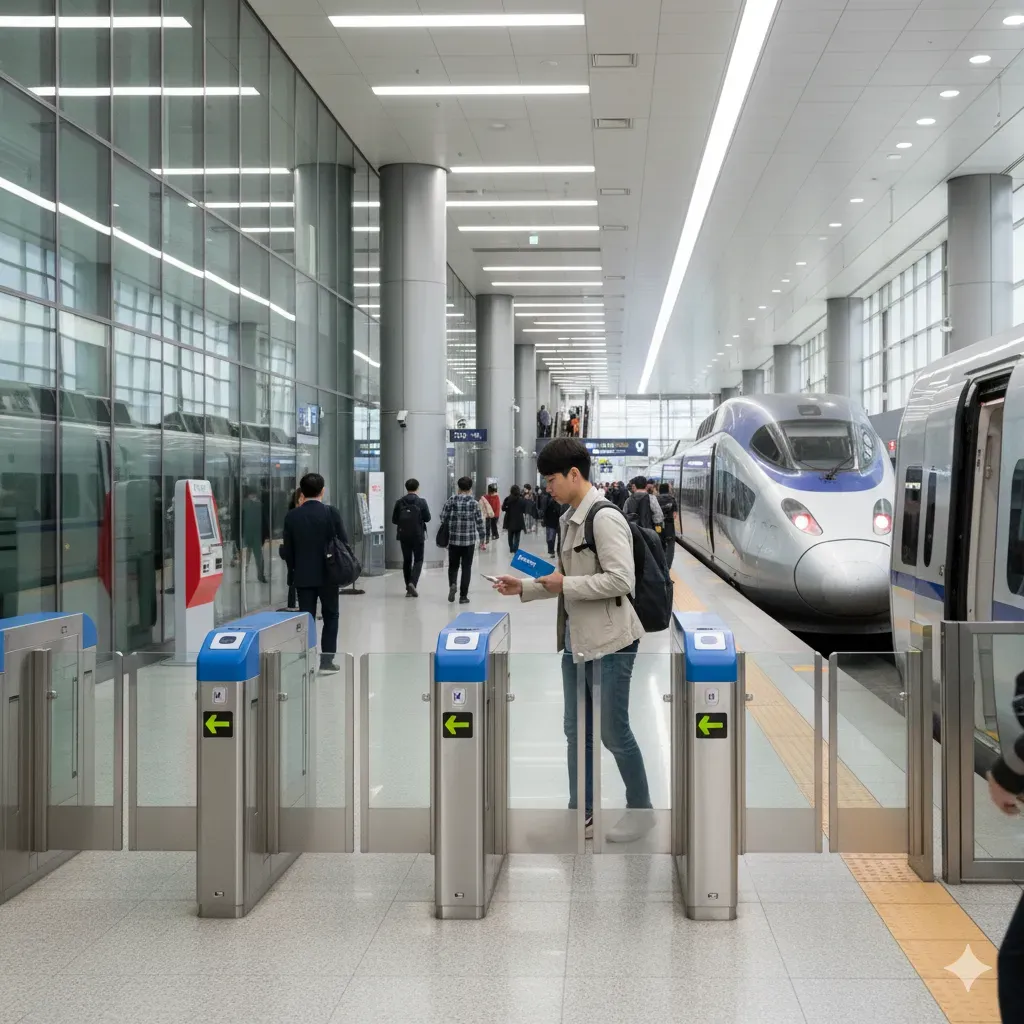
The Ultimate Foreigner’s Guide to Korean Public Transportation 🇰🇷🚅
I remember my first time trying to figure out the Seoul subway map. It looked like a plate of spaghetti! 😅 If you’re planning a trip to Korea or have just arrived, you’re probably wondering how to get around this super-efficient, but sometimes complex, country. Honestly, Korea’s public transportation system is one of the best in the world. It’s clean, punctual, and incredibly well-connected, which makes getting from Seoul to Busan or even just across town a breeze. Let’s dive into everything you need to know to navigate Korea like a seasoned local!
The Must-Have: T-money Card Explained 💳
Before you step onto any bus or subway, you need a T-money card. Seriously, don’t even bother with cash for transport—it’s way less convenient and sometimes even more expensive. The T-money card is a rechargeable transportation card that works on subways, buses, and even in some taxis and convenience stores nationwide.
You can buy a T-money card (usually ₩2,500 – ₩5,000) at any subway station or convenience store (like GS25, CU, 7-Eleven). To reload it, just use the machines in the subway station or ask the staff at the convenience store!
Seoul & Major Cities: The Subway System 🚇
If you’re in a big city like Seoul, Busan, or Daegu, the subway will be your best friend. The Seoul Metropolitan Subway alone has over 20 lines, but don’t panic! It’s designed very logically.
Finding Your Way: Key Features to Know
- English Signs: Almost all signs, announcements, and ticket machines have English options. Phew!
- Screen Doors: Every platform has screen doors, which is amazing for safety (and keeps the station air fresh).
- Transfer Logic: When transferring, follow the colored lines and station numbers. Transfers are often free or heavily discounted within a specific time limit if you use your T-money card.
Beyond the Rails: Buses and Express Travel 🚌✈️

The bus system complements the subway perfectly, especially for those ‘last mile’ journeys. Plus, for long-distance travel, Korea has fantastic options!
City Buses (Inter-City)
Korean city buses are color-coded, which helps! Blue buses usually connect the city center, green buses connect smaller areas to the subway stations, and red buses are express lines for commuters. Tap your T-money card when you get ON and OFF! Tapping off ensures you get the transfer discount.
Unlike in some countries, Korean bus drivers won’t automatically stop if someone is waiting. When the bus approaches, you MUST extend your arm to signal that you want to get on! Also, press the stop button well before your stop.
High-Speed Rail (KTX) and SRT
If you’re traveling between major cities like Seoul, Gyeongju, or Busan, the KTX (Korea Train Express) is the way to go. It’s Korea’s bullet train—fast, modern, and comfortable. You can book tickets online through the Korail website or app (or at the station).
Speed Comparison (Seoul to Busan Example) 📝
| Method | Approximate Travel Time | Notes |
|---|---|---|
| KTX High-Speed Rail | ~ 2.5 to 3 hours | Best for speed, requires advance booking. |
| Express Bus | ~ 4 to 5 hours | More frequent, more scenic, cheaper option. |
| Regular Train (Mugunghwa) | ~ 5 to 6 hours | Slowest, but the cheapest train option. |
Bonus Tips: Apps and Etiquette 📲✨
To make your life even easier, download these apps. Trust me, they are game-changers for navigating Korea!
- Naver Map or KakaoMap: Forget Google Maps for local transit directions. Naver or Kakao are far more accurate for real-time bus arrivals and subway navigation.
- KorailTalk App: The official app for booking and managing your KTX/SRT train tickets. A must-have for inter-city travel.
- Be Respectful: Always give up your seat to the elderly, pregnant women, or those with infants. It’s a fundamental part of Korean transport culture.
- Keep it Clean: Eating and drinking are generally frowned upon on the subway, especially during rush hour. You’ll rarely see Koreans doing it!
Key Takeaways: Mastering Korean Transit 📝
So, if I had to distill this entire guide down to three key things for a first-timer, here they are:
- Get a T-money Card: It simplifies everything, from Seoul subway rides to Daegu buses, and even allows for easy, discounted transfers.
- Download a Local Map App: Naver Map will be your savior for real-time directions and knowing exactly when your bus is arriving.
- Know the Tapping Rule: Always tap your T-money card when you get ON and OFF buses and subway transfer gates to ensure you get the correct fare and transfer benefits.
Frequently Asked Questions (FAQ) ❓
Navigating Korea’s public transport might seem daunting at first, but trust me, once you have your T-money card and a local map app, you’ll be zipping around like a pro! I absolutely love the freedom it gives me to explore every corner of the country. If you have any more questions or your own transport tips, feel free to drop a comment below! Happy traveling! 😊
